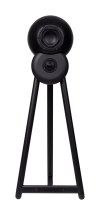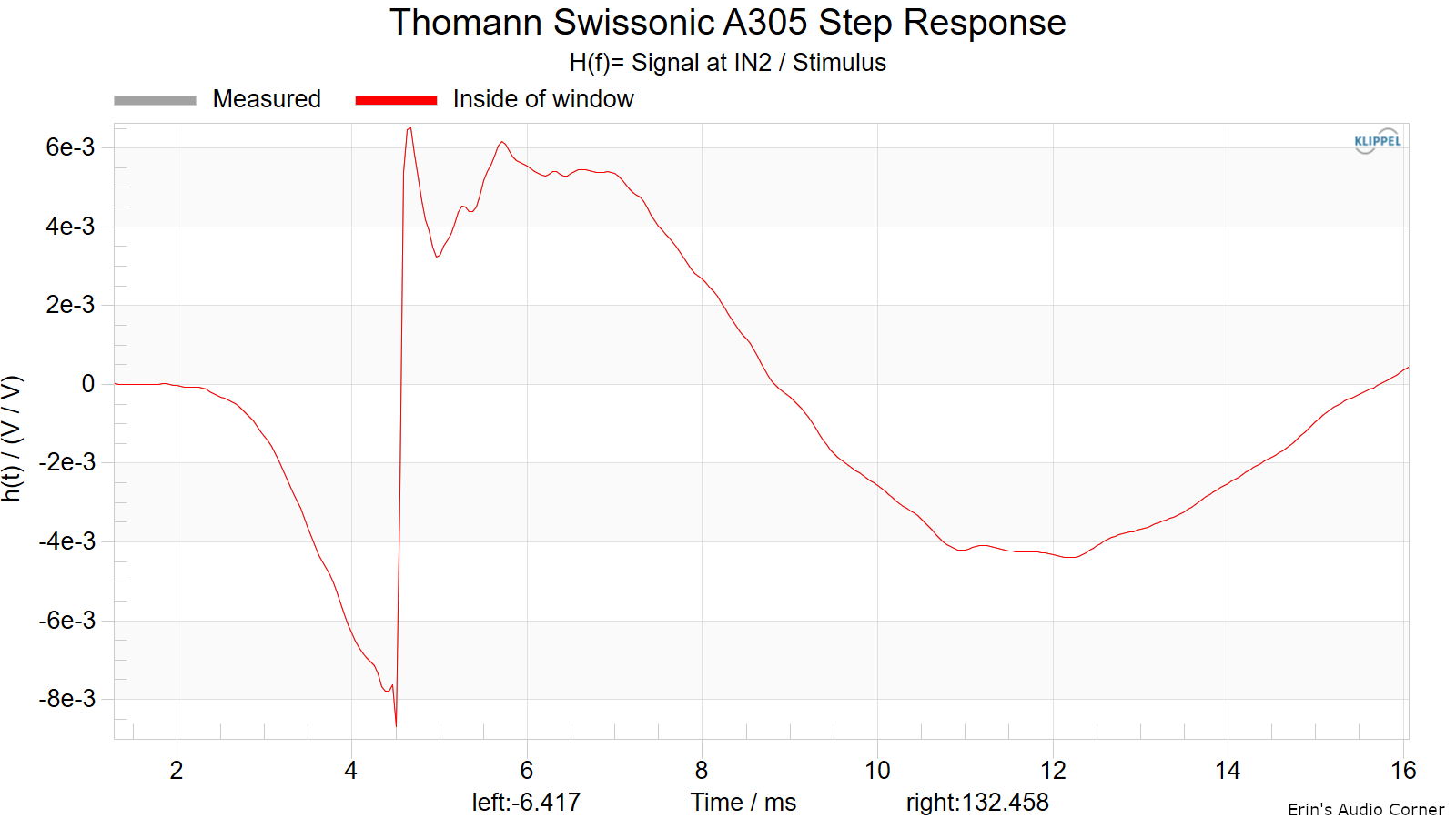DanielT
Major Contributor
Inspiring.
Also in this thread, speakers were built with Ikea Blanda Matt bamboo salad bowls. I think you got inspiration from that thread:

 audiosciencereview.com
audiosciencereview.com
You can also build a classic two-way speaker with a sphere shape, like this one:

Very good Purifi drivers in that speaker and it measures really well. Whether you think it's worth the money that the Sun Audio Purified 4 speakers cost plus having to buy a multichannel DAC, DSP and 4-channel amplification to make it work is another matter:

 audiosciencereview.com
audiosciencereview.com
Also in this thread, speakers were built with Ikea Blanda Matt bamboo salad bowls. I think you got inspiration from that thread:

sphere shaped speakers
I've been asked to build sphere shaped speakers (passive). I did some research and found out that some consider this shape as the worst and some thinks it’s the best… anyway, I decides to move on with this project knowing that this one won't win any audiophile awards but hopefully will look good...
 audiosciencereview.com
audiosciencereview.com
You can also build a classic two-way speaker with a sphere shape, like this one:

Very good Purifi drivers in that speaker and it measures really well. Whether you think it's worth the money that the Sun Audio Purified 4 speakers cost plus having to buy a multichannel DAC, DSP and 4-channel amplification to make it work is another matter:

Sun Audio Purified 4
I was contacted by the manufacturer and he gave me the spinorama for this speaker: Purified 4. "The measurements are performed by IFAA in Germany within the following semi-anechoic class-1 chamber: https://ifaa-akustik.de/en/the-institute/technical-facilities/". As the name implies that's a 4...
 audiosciencereview.com
audiosciencereview.com


